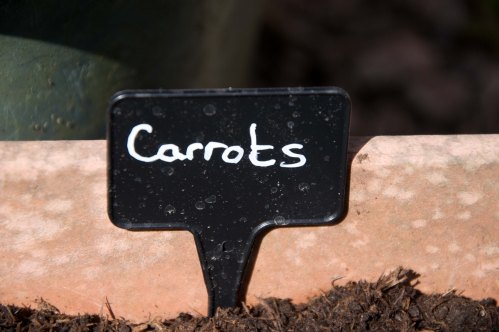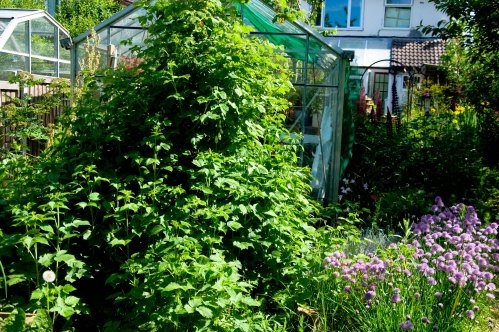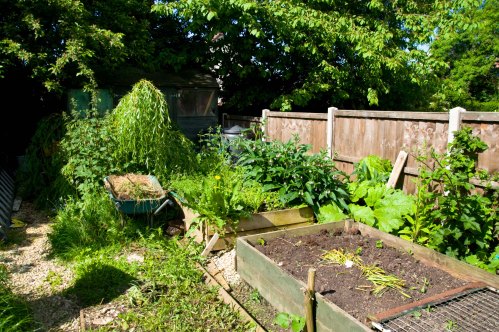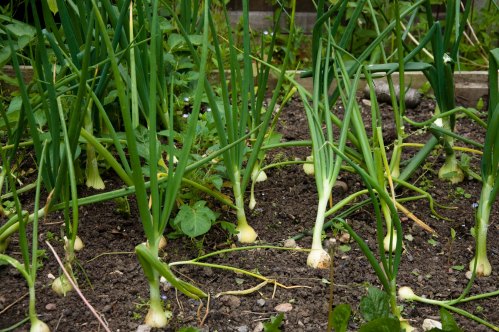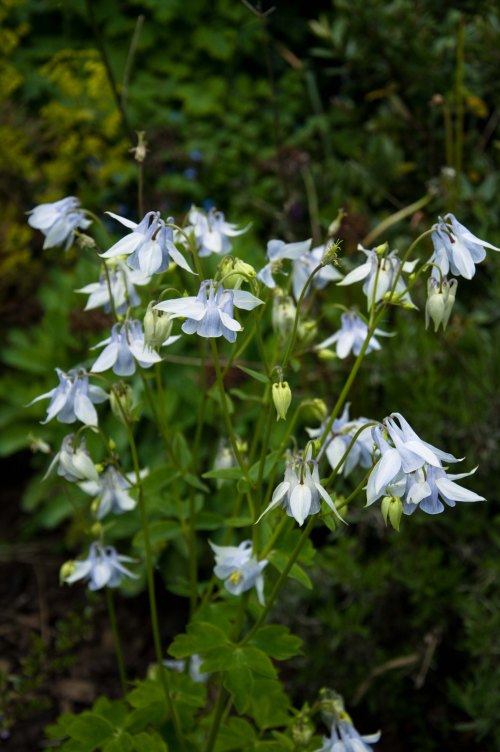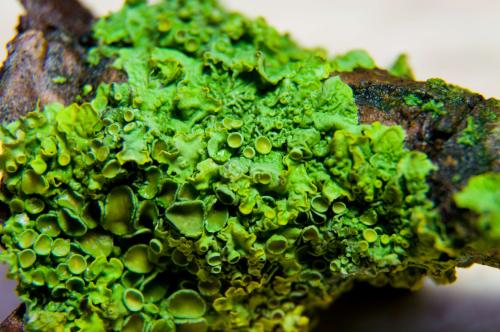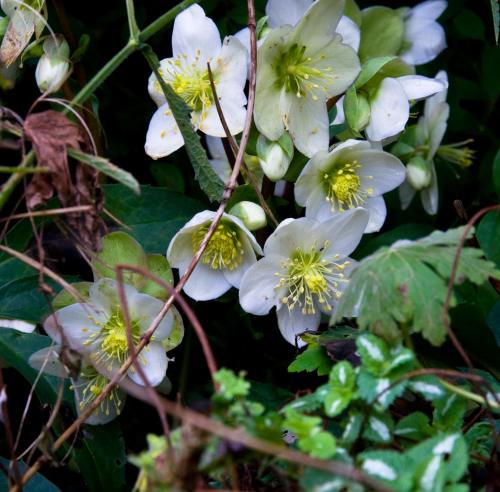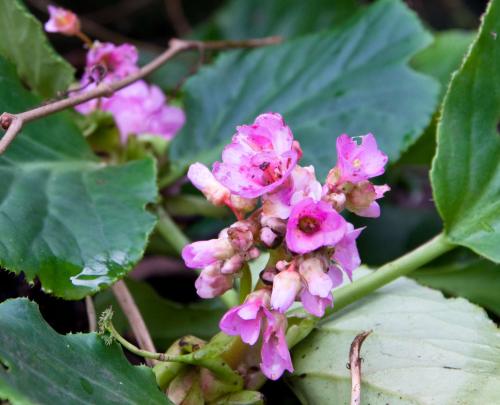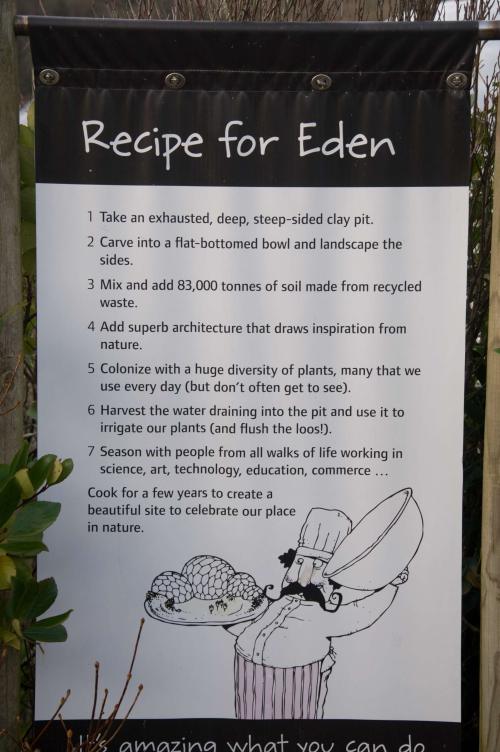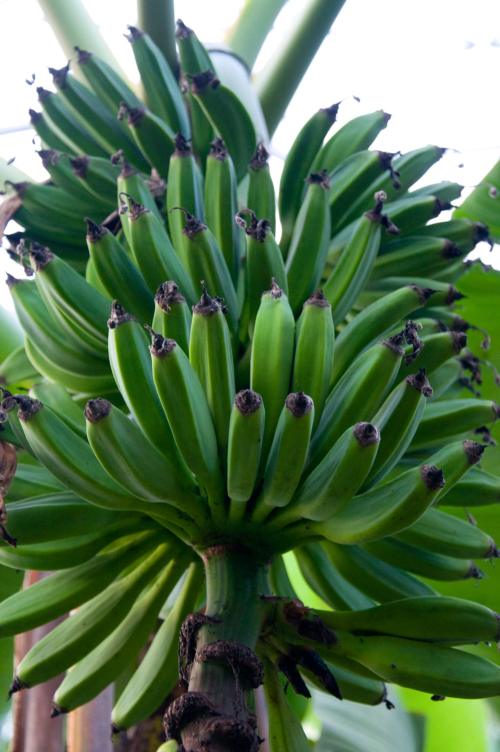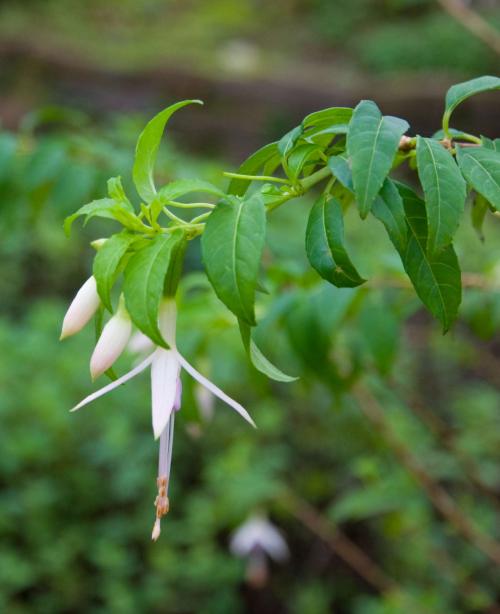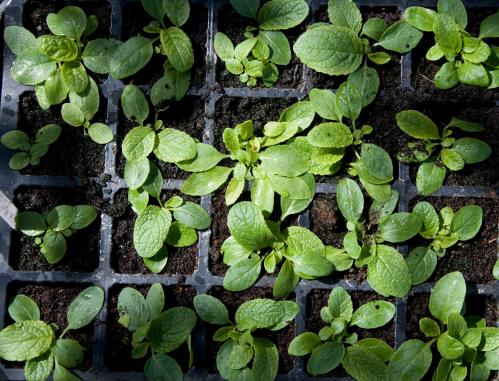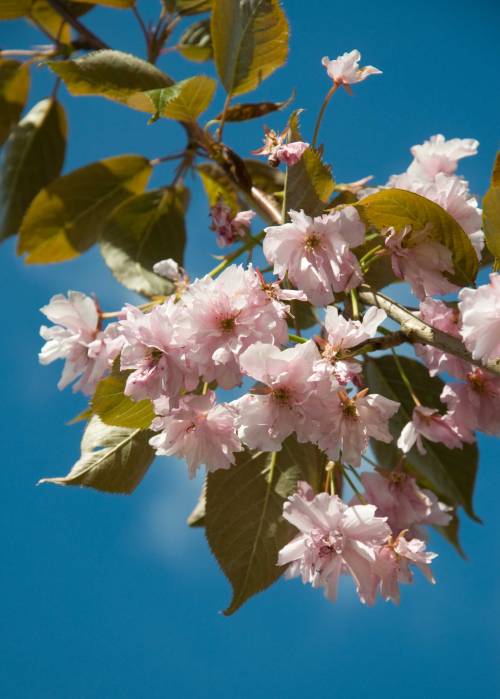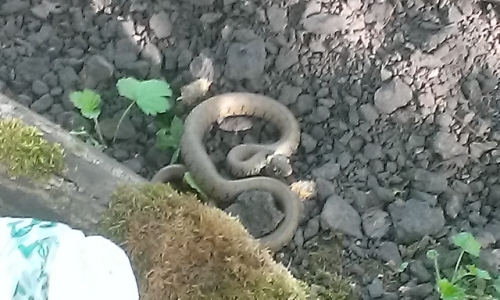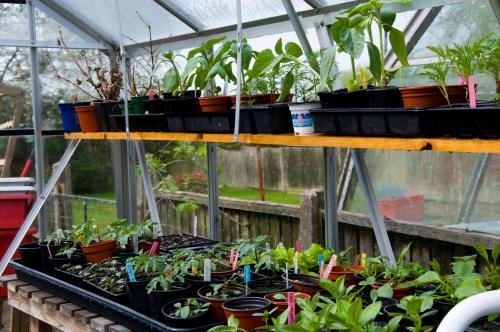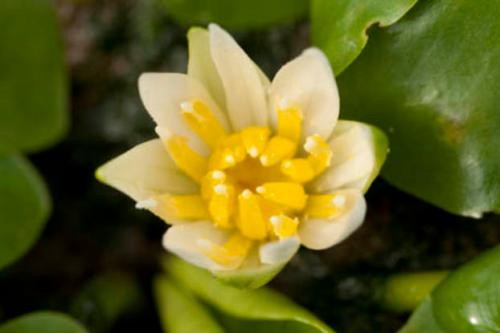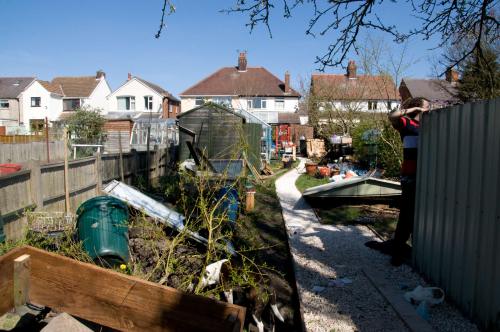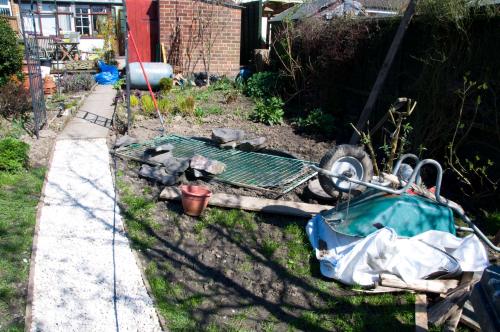
Sprouting pea shoots almost big enough to start picking and eating. Delicious!
So you want fresh food, cheap food, home grown food. You don’t have a garden or an allotment. So what can you grow? This depends on what you DO have. Do you have or can you have a window box? Room for a pot or two at the front door? Or just windowsills? The easiest and cheapest way to start is with a jam jar and a bit of muslin elastic banded to the top. Place a tablespoon of green lentils, brown lentils (whole of course) or mung or adjuki beans in the jar and secure the muslin over the top. Soak overnight in cold water, then drain the water and leave the jar on it’s side, out of direct sunlight. Rinse the seeds twice a day. The sprouts will be ready in 4-7 days. Another method is a seed sprouter. These are little trays that stack on each other and have slatted bases so water can drain though. The same principles apply. Just rinse and drain twice a day for delicious fresh sprouts.

Lentils sprouting in a seed sprouter
Mustard, cress, fenugreek and coriander are better done in seed trays with a little compost. Sprinkle the seeds quite thickly and cover lightly with a little more compost, water and keep on a bright windowsill, though out of harsh hot sunlight. Try pea shoots. For these, get a small pot or old coffee cup, fill it with compost leaving an inch at the top. Plants some marrow fat peas (the sort you make pea soup and mushy peas with) and lay them on the compost, and just cover with a little more, then water. The shoots that develop are ready when they are three or four inches tall, and taste lovely! Just like fresh young peas. And they smell delightful. Expensive in salads if you buy them ready grown, but simplicity itself to grow at home.
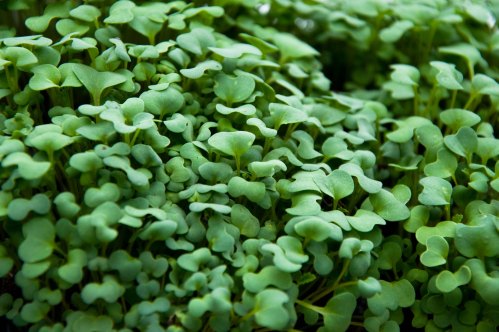
Mustard seeds growing in a pot
Then there are radishes, easily gown in a small pot in good light, lettuce leaves and salad leaves (there are lots of types available to grow on the windowsill and can be cut and left to regrow several times before they are spent). Economical, very fresh and very healthy, not to mention tasty! There is another food you can grow without a garden, and that’s mushrooms and edible fungi. They will even grow in a dark cupboard. There are lots of kits available for different types of mushrooms, several of which are suitable for using indoors. Mushrooms are a great source of protein. And you get to eat them so fresh!

Chilli pepper in flower
Should you have space for a couple of pots by the front door there is lots more you can grow. If your spot is very sunny, then how about a wigwam of French beans or even runner beans? Beetroot, salad or lettuce, radish and even baby turnips can be grown in a pot, as can many herbs. A pot of thyme, rosemary and sage at a sunny doorstep means you don’t even have to step away from your home to pick fragrant, tasty herbs for your cooking. They smell amazing as you brush past them. And did I mention strawberries? What a show stopper to have at your front/back door. Stack one container inside another and plant around the edges to make a strawberry tower. Space saving and attractive! Back on that windowsill, my son has actually grown a dwarf, bushy cherry tomato. Chilli peppers and sweet peppers can also be grown on windowsills, as long as the sill isn’t north or east facing.

Fenugreek and peas
These are things you can easily grow for yourself, organically, and know your food is the freshest, most nutritious possible, and has no carbon footprint beyond getting a packet of seeds home. Perfect! So get growing. Organic supplies can be obtained from http://www.organiccatalogue.com/index.html including mushroom spawn and kits, organic seeds and plants. They have some great books too! Seeds such as fenugreek, brown or black mustard, coriander and peas can be purchased at the supermarket as foodstuffs. Try the continental shelves. By far the cheapest way and this also avoids any fungicidal coatings some companies put on their seeds intended for growing. These should now be used for sprouting!

